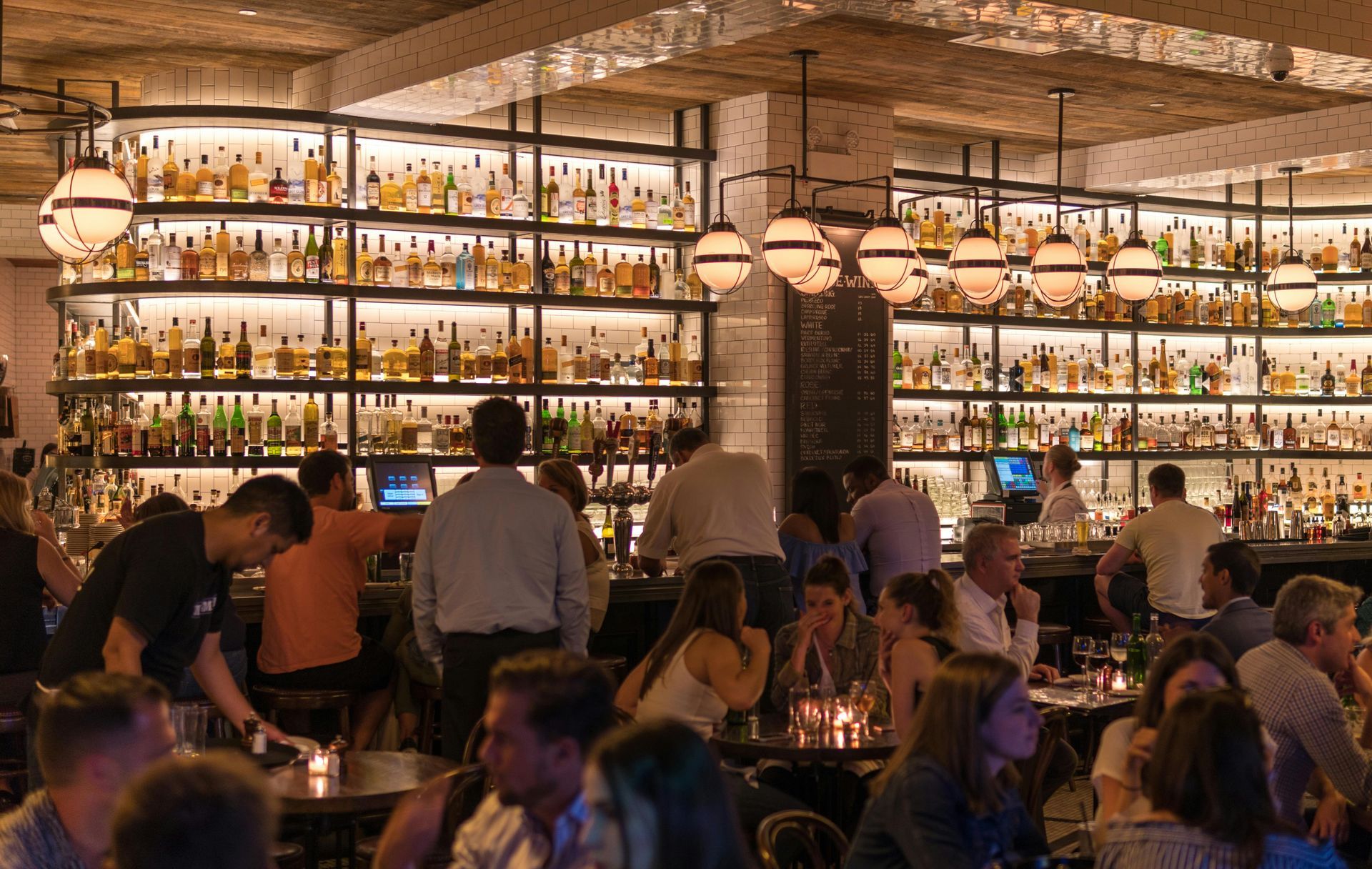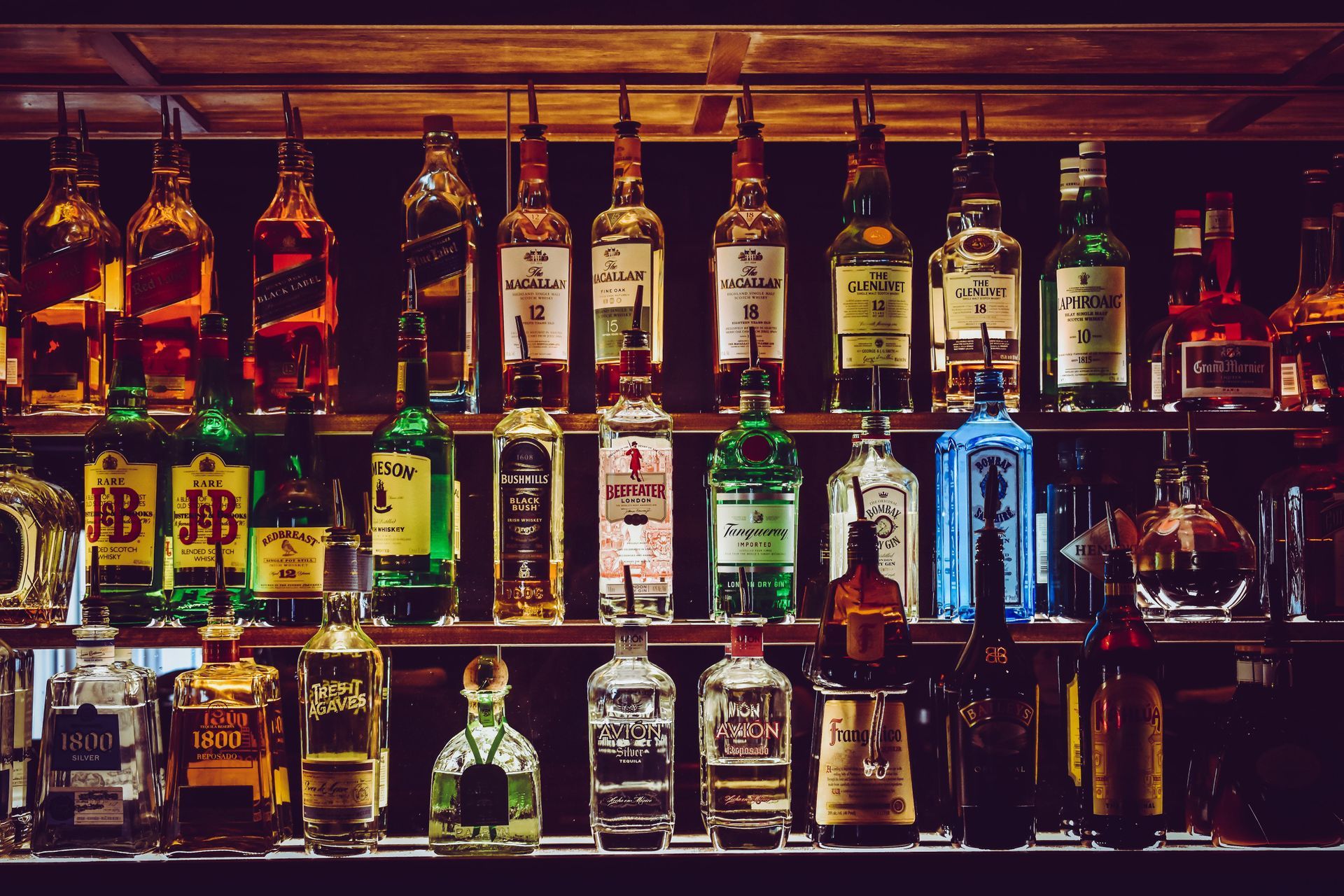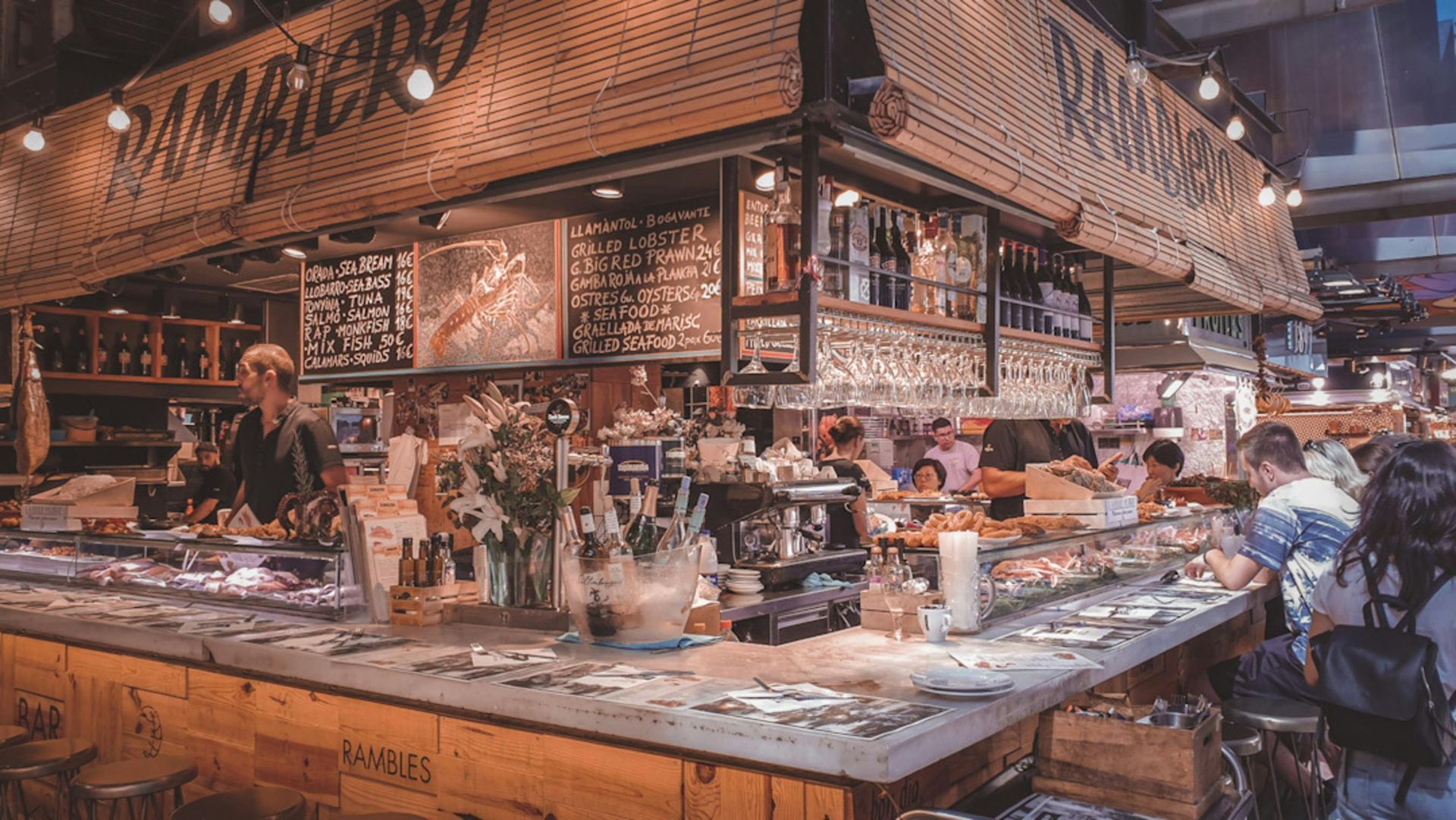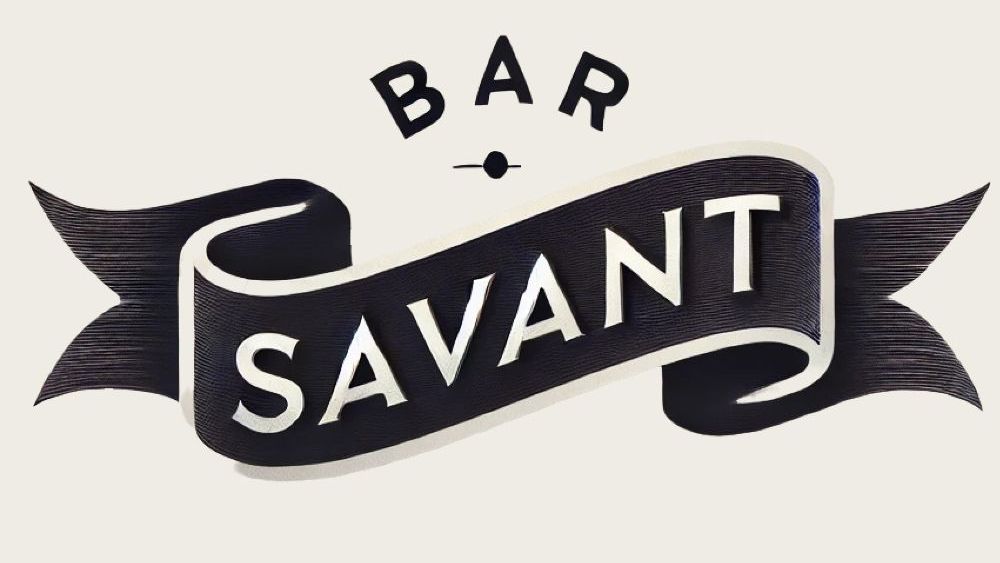
Blog Layout
Bar Layout and Tools
Gettye Goins • December 16, 2024
The layout of a craft cocktail bar is more than just a matter of aesthetics; it’s the foundation for everything else. A well-designed bar is a workspace that feels natural and intuitive, where every motion is deliberate and efficient. The right layout can mean the difference between a smooth, enjoyable service and a chaotic, stressful shift. In the world of craft cocktails, where precision and timing are paramount, designing the bar to support speed, consistency, and ease is essential.
The first consideration in designing a bar layout is understanding how the space will flow during service. At peak hours, when every seat is full and tickets are coming in nonstop, bartenders need to be able to move seamlessly. The layout should minimize unnecessary steps and wasted movement. Everything that a bartender needs—tools, glassware, spirits, mixers—should be within arm’s reach whenever possible. This principle, often called mise en place, ensures that the workspace is organized and ready for action at all times.
Think about the placement of key elements like sinks, ice wells, and speed racks. Ice is used in almost every cocktail, so the ice well should be centrally located and easy to access from multiple stations. Speed racks, which hold the most commonly used spirits, need to be positioned directly below the work surface, allowing bartenders to grab a bottle without breaking their rhythm. Glassware, shakers, and other tools should have designated spots, and their placement should be consistent across all stations. Consistency is crucial; if every bartender knows exactly where to find what they need, service becomes faster and more efficient.
Beyond functionality, the layout should also support the bar’s overall vibe. Open, inviting designs encourage interaction between bartenders and guests, while more closed setups create a sense of mystery and focus on the craft itself. The choice depends on the bar’s concept. In a high-energy, social space, an open bar where guests can see the bartenders at work helps create a dynamic atmosphere. In a quieter, more intimate setting, a slightly more enclosed layout might help emphasize the artistry of each cocktail.
When it comes to tools, practicality reigns supreme. Flashy, expensive equipment might look impressive, but durability and functionality matter far more. Tools should feel comfortable in the hand, easy to clean, and capable of standing up to the rigors of a busy service. A great bar is equipped with essentials like sturdy shakers, weighted jiggers, long bar spoons, and high-quality strainers. Each piece of equipment is chosen not just for how it looks, but for how it performs.
Glassware is another critical consideration. The right glass can enhance the presentation of a drink, but it also needs to be practical. Thick, heavy glassware might be durable, but it can feel clunky or detract from the elegance of a finely crafted cocktail. On the other hand, delicate crystal might look stunning but isn’t ideal for high-volume service. Striking the right balance is key—glassware that is elegant yet sturdy enough to handle the demands of a busy bar.
Storage is another area where balance is essential. Certain items, like high-end spirits or decorative garnishes, can be displayed for visual appeal. A backbar lined with beautiful bottles or a garnish station full of fresh herbs and citrus can serve as a focal point for the space, drawing guests in and sparking conversation. However, too much clutter can make the bar feel chaotic. Bulk items, backup supplies, and anything not immediately needed during service should be stored out of sight to maintain a clean, professional appearance.
Flexibility is a major advantage in any bar layout. Service demands can change from one night to the next, so the setup needs to adapt accordingly. Modular shelving, movable prep stations, and adjustable storage solutions allow the bar to shift as needed. For example, a station that functions as a cocktail prep area during busy hours might double as a service station during slower times. This kind of adaptability ensures that the bar can handle fluctuations in volume without compromising efficiency.
Lighting also plays an important role in how the bar is perceived. While lighting is technically part of decor, it directly affects how bartenders work and how guests experience the space. Work areas need to be well-lit enough for precise measurements and intricate garnishing, but the light should still feel warm and inviting. Harsh, bright lights can ruin the atmosphere, while overly dim lighting makes it difficult to work effectively. Thoughtful lighting design creates a balance, allowing bartenders to do their jobs while maintaining the desired mood.
Another often-overlooked aspect of bar design is ergonomics. Bartenders spend hours on their feet, often in repetitive motions. Poor ergonomics can lead to discomfort, fatigue, or even injury over time. Counter heights, foot rails, and bar stools should all be designed with comfort in mind. The workspace itself should minimize bending, reaching, or awkward postures. This not only helps bartenders stay comfortable and efficient during long shifts but also creates a more polished, professional appearance.
Cleanliness and maintenance are non-negotiable. A bar layout that is difficult to clean or prone to accumulating spills and debris quickly becomes a problem. Surfaces should be easy to wipe down, and corners or crevices where dirt can collect should be avoided. Drains, dish stations, and trash receptacles need to be strategically placed to support quick, easy cleanup during and after service.
Finally, every element of the bar’s layout and design should align with its concept. A tiki bar, for example, might incorporate decorative elements like bamboo shelving or thatched accents, but these shouldn’t interfere with the bar’s functionality. A sleek, modern cocktail bar might prioritize minimalist design, but it still needs to have practical workstations and accessible tools. The best bar designs seamlessly blend form and function, creating a space that is not only beautiful but also highly effective.
In the end, a well-thought-out layout and the right tools allow bartenders to focus on what really matters: crafting incredible cocktails and delivering an unforgettable guest experience. The goal is to create a space that feels effortless to work in, where every motion flows naturally and every detail supports the overall mission of the bar. When everything is in its place and working as it should, the bar becomes a stage, and the bartenders can perform at their very best, leaving guests amazed and eager to return.
The Craft Bar Blueprint
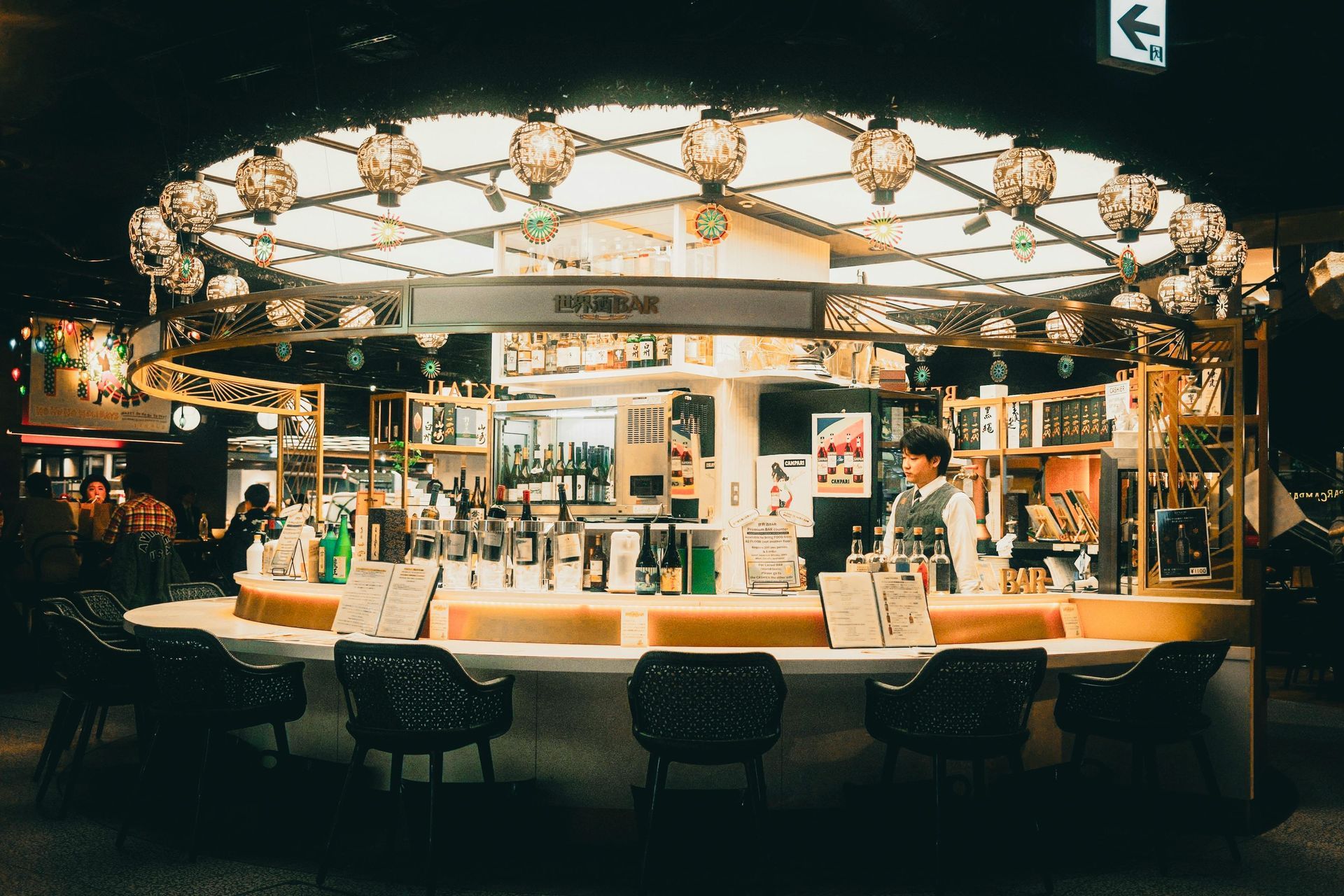
By Gettye Goins
•
December 19, 2024
“Discover expert insights into staffing and team dynamics for boutique craft bars. Learn how to build smaller, efficient teams, balance technical skills with guest interaction, and foster a culture of excellence. Explore strategies for training, staff retention, and creating a collaborative environment where barbacks are valued as future bartenders. Master team management techniques that drive profitability and elevate the guest experience.”
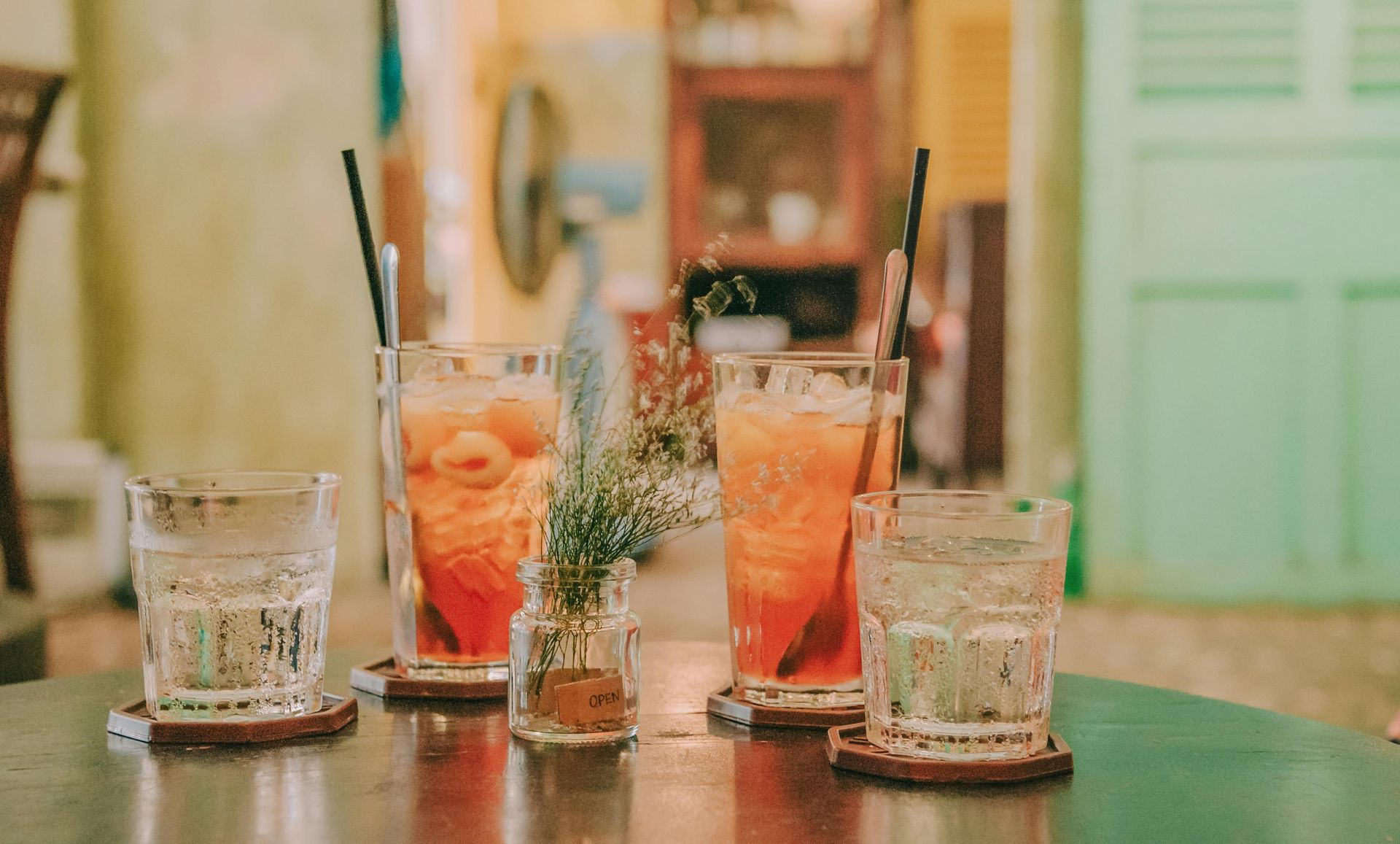
By Gettye Goins
•
December 18, 2024
“Explore expert strategies for menu design and development tailored to craft cocktail bars. Learn how to create curated, seasonal menus that highlight innovation while standardizing classic cocktails for consistency. Discover tips for balancing creativity with cost management, fostering bartender participation, and auditing the guest experience to elevate your bar’s offerings and profitability.”
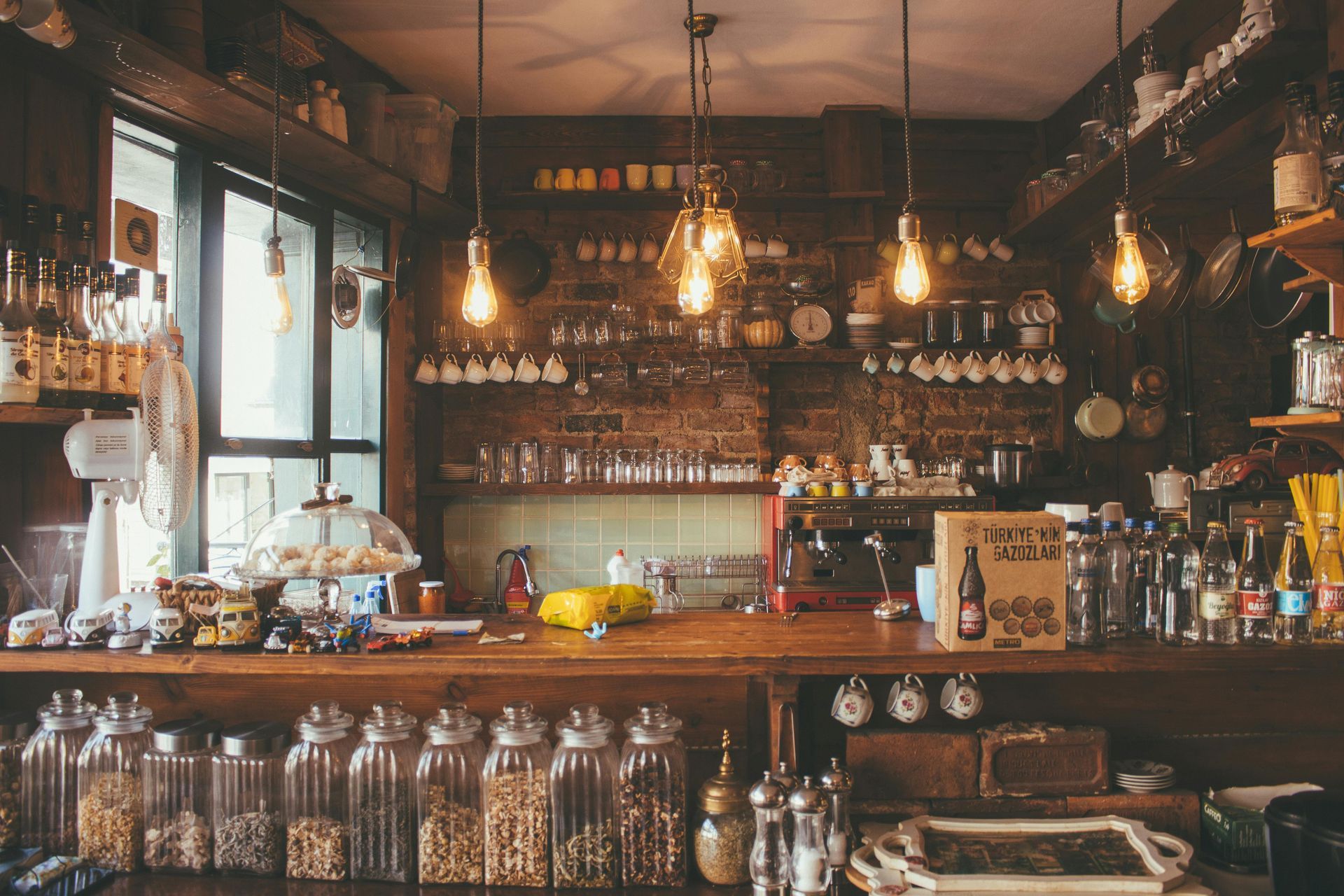
By Gettye Goins
•
December 17, 2024
“Enhance your craft cocktail bar with expert tips on creating a memorable guest experience. Learn how to balance luxury with approachability, engage guests through confident bartending techniques, and tailor service to individual needs. Discover strategies for combining consistency with creativity, fostering a genuine bar culture, and turning every visit into an exceptional experience.”
All Rights Reserved | MixCraft Bartending and Consulting LLC
© 2025

